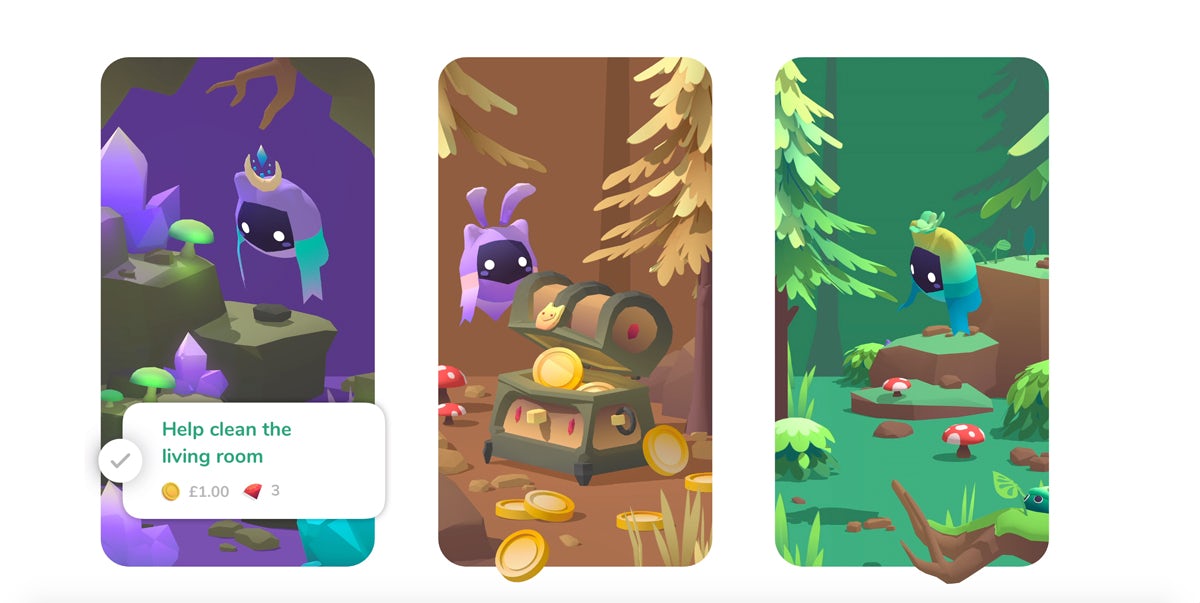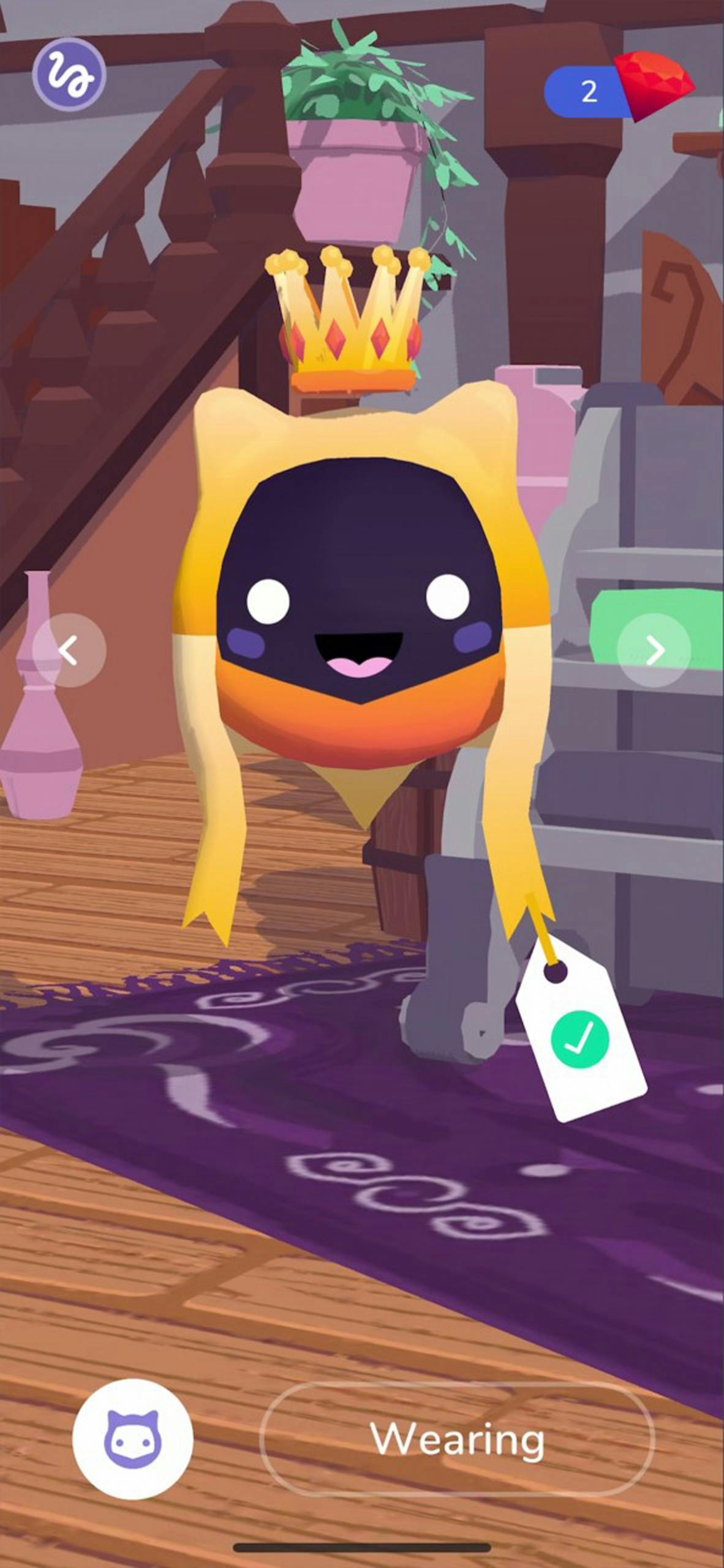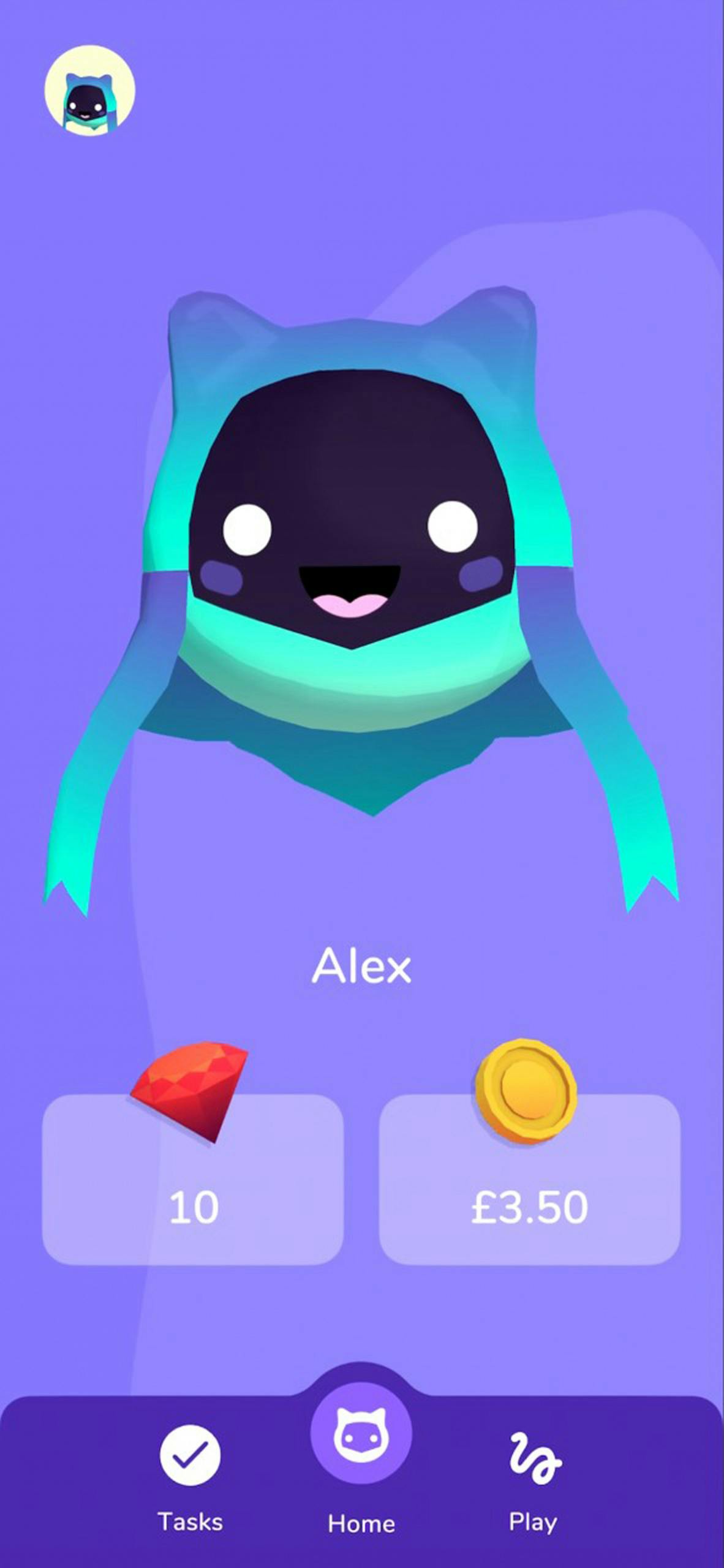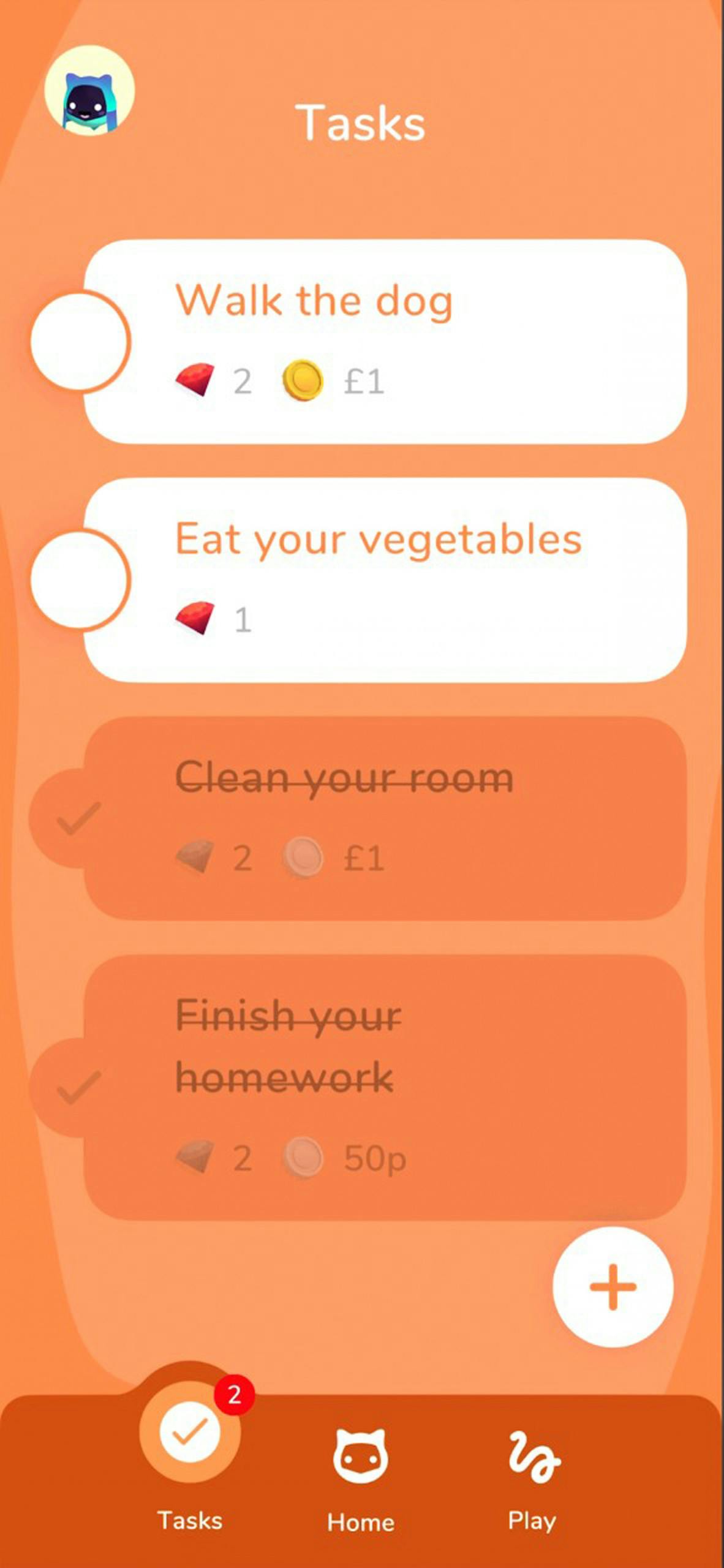Meet Nestlums, the app teaching kids all about money
Following on from the success of Nestlings, a finance app for grownups, a new children’s version is using gaming techniques and cute creatures to help kids learn good financial habits from a young age
In the digital era, the concept of money has become more abstract than ever before. While a cashless society undoubtedly has its benefits, it also presents a number of new challenges, particularly when it comes to teaching the next generation the ins and outs of the world of money. A new app called Nestlums is looking to tackle the invisibility of modern-day money head on, making a typically uninteresting subject – financial literacy – engaging and rewarding for kids.
The game-like app is the brainchild of game developers Glitchers and Cauldron, the creative arm of fintech company Thought Machine. While the teams’ previous collaboration, Nestlings, encouraged adults to save money by connecting with their bank account and pulling out tiny bits of money in reaction to the gameplay, Nestlums has been designed as a safe space for younger children who don’t have their own bank account or smartphone yet, and is intended to live on a parent or guardian’s device.
Here, we speak to Thought Machine design director Fox Rogers and Matthew Hyde, director of product and games at Cauldron, about bringing the app to life, the importance of learning good financial habits early on, and their ‘power of play’ philosophy.

Creative Review: What is the idea behind Nestlums, and how does it build on the previous work you did with Nestlings?
Fox Rogers: Nestlums is an app designed to help young children aged four to eight years old grasp the concept of digital money. Many kids are still being taught coins and notes at school and so we saw it as our responsibility to create a product that would prepare and educate them for a cashless world. We believe all aspects of finance should be fun, for all ages!
We always imagined the Nestling ‘universe’ would be larger than a single product. Last year we began work on Nestlings, an app that helped people (big people who already had bank accounts) to save money each day by adopting creatures that emerge based on your real-life spending habits. Our experience testing Nestlings taught us that gamification could enact real behavioural change, and inspired us to explore how this approach could help others to become better with money.
CR: What do you think are the challenges and advantages of teaching kids about money in the digital age?
FR: In this new cashless age, kids are finding it incredibly difficult to understand money – it is no longer something they can see or touch and so it is hard to foster an understanding of its importance within the real world. According to research, one in three parents are not sure if their child has the right level of financial literacy for their age. In Nestlums, we’ve created a safe space for kids to appreciate the value of money. The app balances in-game rewards with real-world tasks, helping them to understand that their physical efforts have digital value.
The advantage of digital is something we at Cauldron have been calling the ‘power of play’ – harnessing gamification and character-driven design to tune into a child’s innate sense of empathy. The power of play makes a typically uninteresting subject engaging and rewarding, providing something to bond and play with as kids progress and learn.
CR: How does the app go about demonstrating good financial habits?
FR: In the app there’s little that comes easy; gamification does not mean instant gratification! A key feature of the app is saving, where kids are able to identify ‘wants’ (whether that’s a new outfit for their Nestlum or a new game to play) and actively work toward these goals by achieving tasks set by the parent. This relationship gives purpose to chores, rewards perseverance and teaches kids about the importance of saving up.
Rather than being prescriptive with the lessons we teach in Nestlums, we instead see the app as a kind of sandbox for parents to impart knowledge, giving them a safe framework to talk about pocket money, digital currencies such as gems, and how the child’s behaviour directly influences the things they are able to afford. These parental teachings are especially important in a time of online disingenuity and lootboxing, where according to research, one in four parents admit their child has made an unauthorised payment online, and one in three parents admit their children can’t differentiate between real money and metaphorical tokens such as gems or gold.
CR: Tell us about the look and feel of the app, and the key design features that you introduced.
FR: Games often have immersive worlds, unique characters and fun challenges – qualities we worked hard to achieve in Nestlums even if the app was more utility-focused. We wanted the product to feel like a small glimpse into a much bigger world and we tailored the look and feel of the app to support this vision. The shop is a fun example of this, and we had a great time hiding lots of rich detail in the background. The games we have played over the years – Animal Crossing, Zelda, Pokémon – have profoundly influenced our design style for Nestlums. We wanted every part of the app to feel like a discovery, even earning pocket money requires cracking open a nestegg!
CR: What approach did you take to bringing Nestlums’ creatures to life?
FR: The Nestlums were very fun to make as part of our pursuit for cuteness. We needed a design that could overtly display emotion, could react freely to the player’s movements and inputs, and was infinitely customisable. The end result was to utilise these long, flowing cowls that doubled up as arms, as well as a cute, expressive face. Our partner Glitchers was key to bringing the Nestlums to life, adding a whole host of subtle, fun interactions such as the flick of an ear, or the joy of being spun round.

CR: Why do you think games and gaming techniques are having such an influence on other industries at the moment, and what do you think the longer term potential is?
Matt Hyde: Gaming is a powerful platform for change. Through gaming, you can create immersive, experience-rich products that challenge players to pick up real-life habits or solve complex problems together. I believe it is this gaming mindset that will help people to unlock new powers for everyday life. More and more often, we are seeing other industries embrace gaming as a medium for transformative change. We at Cauldron want to help apply the power of gaming to solve real world problems.
Nestlums costs 99p and is available from the App Store or Google Play Store; nestlums.io






















